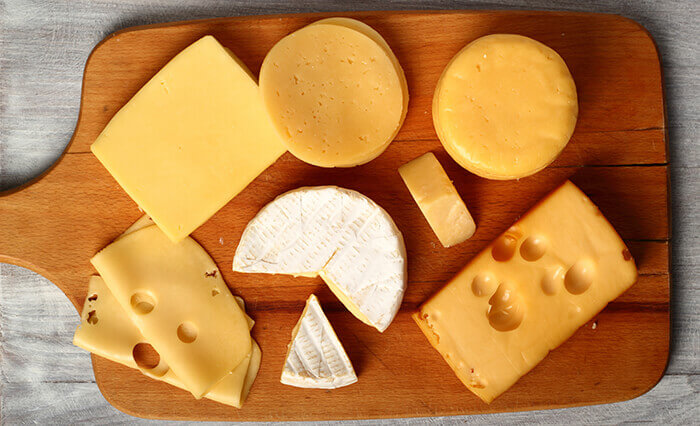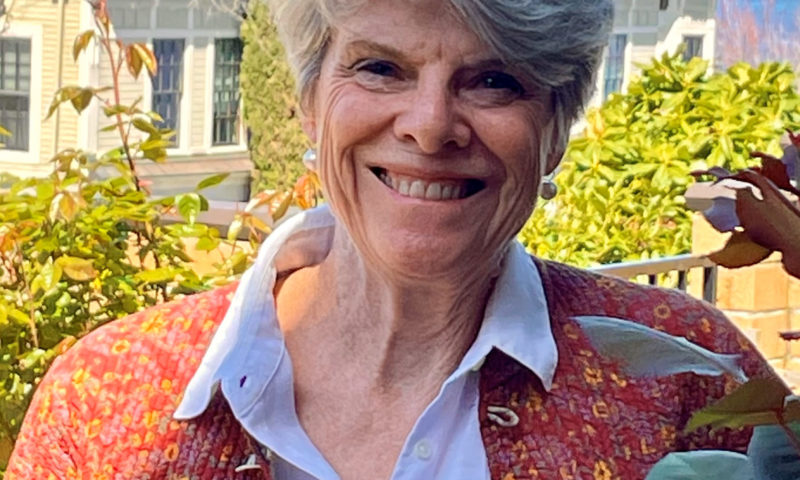Navy ship will bear Billy Frank’s name
A new addition to the Navy’s fleet will be named for a Pacific Northwest leader of Native Americans.
Navy officials announced the USNS Billy Frank Jr. will be a Navajo-class towing, salvage, and rescue ship when it’s built. The name selection follows the tradition of naming such ships in honor of prominent Native Americans or Native American tribes
Frank was a Nisqually tribal member and an iconic Native American environmental leader and treaty rights activist before his death in 2014. His promoted cooperative management of natural resources while dedicating his life to activism. He served as chairman of the Northwest Indian Fisheries Commission for more than 30 years.
“I am honored for the opportunity to name a naval ship after a man who was a proponent and leader for Native American rights,” said Secretary of the Navy Carlos Del Toro . “Billy Frank Jr. spent his life serving others, and his namesake ship will do the same as it travels around the world enabling humanitarian assistance and the maintenance of freedom.”



